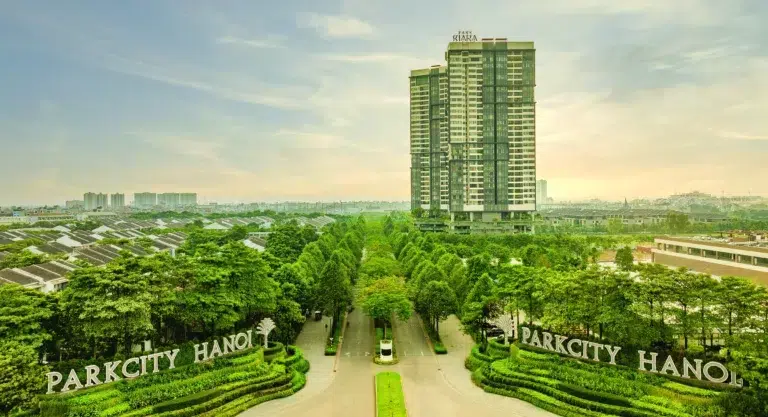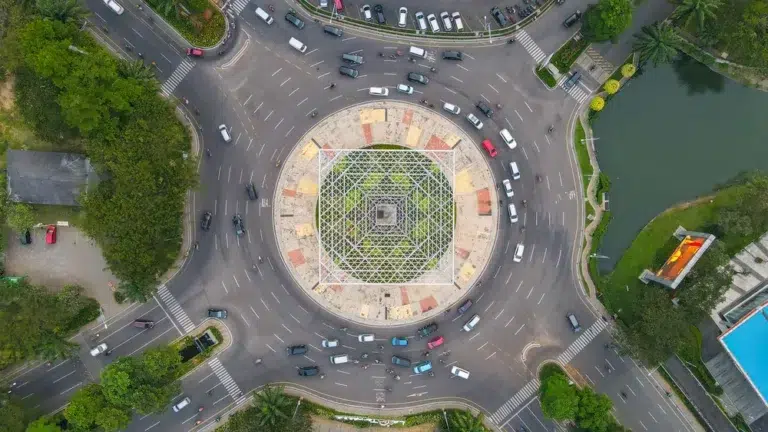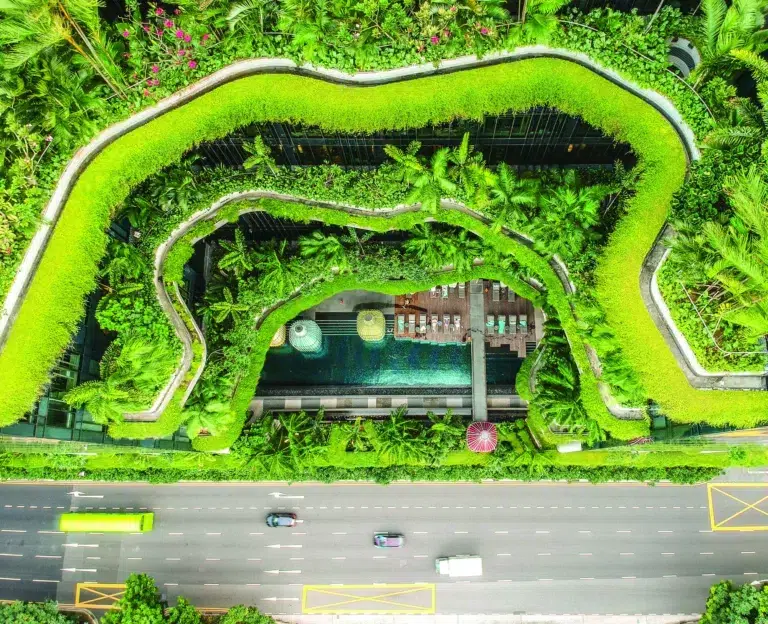NRI investors fuel India’s property boom amid favourable market and regulatory landscape
With market conditions as well as regulatory changes working in their favour, NRI investors are supercharging India’s real estate scene
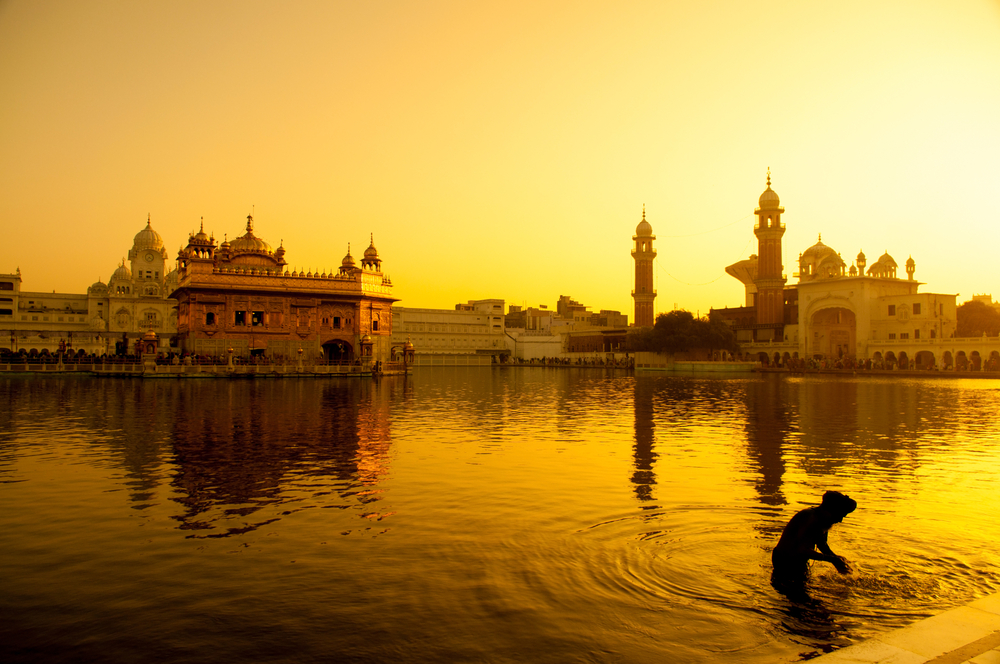
From the bustling boroughs of New York to Sydney’s sundappled neighbourhoods, and the dazzling skylines of Dubai and Abu Dhabi, echoes of India’s rich cultural tapestry resonate far and wide.
This migratory saga, with roots dating back centuries to maritime expeditions to the Middle East, Southeast Asia, and Africa, has spanned generations. It culminated in waves of Indians dispersing across continents during the colonial and post-independence eras.
According to the latest UN estimates, about 18 million of the 281 million migrants worldwide are from India. Now, many of the world’s largest diaspora stand at a fresh crossroads, as the threads of heritage woven across time and space draw them back to their ancestral homeland—a journey buoyed by the allure of thriving real estate prospects.
“There are so many objectives and motivations driving investments by non-resident Indians (NRIs),” says Sangeet Hemant Kumar, founder of SHK Global Ventures, a Mumbai-based real estate consultancy. “While some may invest with the intention of relocating or retiring in India, others see it as a financial investment opportunity or a way to maintain ties to their homeland.”
The sweeping economic reforms of the 1990s, marked by the liberalisation of foreign exchange and investment policies, dismantled the regulatory hurdles NRIs previously encountered when attempting to acquire property in India.
More recently, the landmark implementation of the Real Estate (Regulation and Development) Act, 2016 (RERA) brought about increased transparency and accountability to the sector, benefiting both domestic buyers and NRIs alike.
In the wake of the pandemic, the contribution of NRIs to premium real estate sales has reportedly surged, more than doubling to 20% of all transactions. A significant number of high net-worth individuals (HNWIs), many of them NRIs, meanwhile, plan to buy luxury real estate in the next two years, according to a recent survey by India Sotheby’s International Realty.
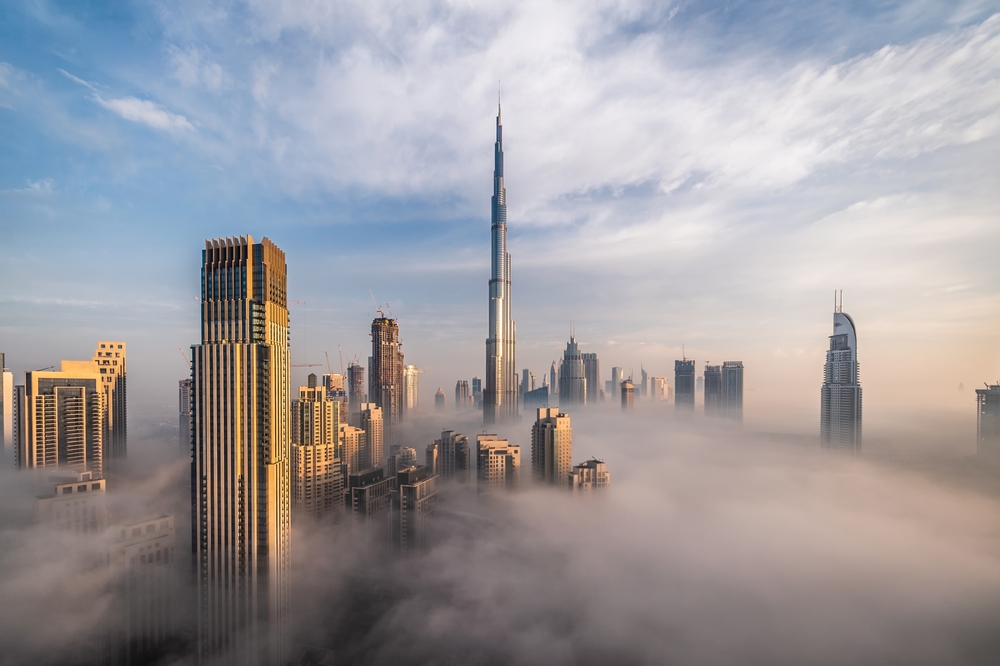
Indeed, most observers agree that current market conditions are highly favourable for overseas investors, particularly in the upper echelons of the market. The interplay of financial pragmatism with the promise of lucrative returns is a particularly powerful motivator, especially given the current strength of the dollar against the Indian rupee.
“Global NRIs are channelling resources, drawn from hubs like the Gulf Cooperation Council countries, the US, and the UK, leveraging the stability of these economies,” explains Keval Valambhia, chief operating officer of CREDAI MCHI, a prominent real estate association. He adds that the vast majority of NRI investors continue to hail from these destinations, in addition to Australia, Canada, and Southeast Asia.
For NRIs, individual markets across the country hold their unique appeal. Major metropolitan areas like Delhi-NCR, Hyderabad, and Bengaluru continue to lead the pack. A recent joint survey by property consultancy firm Anarock and the Confederation of Indian Industry revealed that 60 percent of respondents are inclined to invest in one of these destinations.
Second-tier cities are also gaining attention due to lower property prices and the potential for higher returns as urbanisation and development expand. Coastal states such as Goa, Kerala, and Tamil Nadu, meanwhile, are experiencing heightened demand from those seeking rental income, vacation homes, and retirement properties.
“NRIs are increasingly open to newer products, such as holiday homes, student accommodations, and coliving properties,” says Ajai A Kapoor, CEO of Mumbai-based real estate firm 360 Degrees. “Overall, a balanced consideration of rental return and potential capital appreciation remains key.”
Another factor behind the post-pandemic NRI investment boom is the increasing role of technology in facilitating property purchases. The acceleration of virtual and augmented reality-driven tours during the lockdowns, for instance, made it easier than ever to search for and purchase properties from overseas.
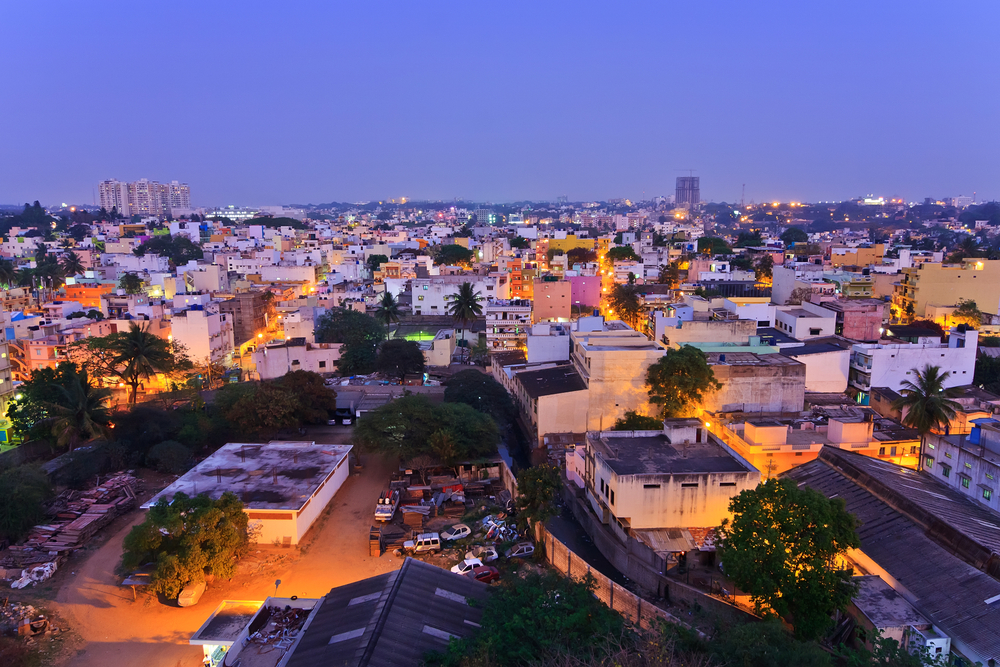
Moreover, AI-powered algorithms have vastly improved data-driven property valuation and market analysis, while the emergence of secure long-distance transaction technology has fostered greater trust and convenience in remote financial dealings and document management.
In 2020, India became the world’s largest real-time payment market, boasting 25.5 billion annual transactions. The Unified Payment Interface, a smartphone-based system for instant fund transfers between bank accounts, has tie-ups with major NRI hubs such as Singapore, the US, Australia, Canada, Hong Kong, Oman, Qatar, Saudi Arabia, UAE, and the UK.
Looking at India’s positive economic growth trajectory, the stage is set for a transformative era in NRI property investment, marked by sustainable gains and a deepening connection to their roots
But beneath these economic drivers flows an emotional undercurrent. The vision of owning a piece of their homeland plays a pivotal role in NRIs’ decision-making process. Many prefer properties in their home states due to family connections.
“Pride is certainly associated with these investments—a profound desire to be part of India’s ongoing growth story,” notes Kapoor. These investments not only stimulate markets, especially in smaller cities, but also promote economic growth by funding real estate and businesses. This, in turn, boosts infrastructure development, living standards, and foreign exchange reserves, contributing to the country’s financial stability.
In some instances though, NRI investments can exacerbate socioeconomic inequalities. High demand and real estate prices can widen the economic divide, making housing unaffordable for locals. Kumar emphasises that careful regulation and diversification of investment sectors are crucial to mitigate these challenges.
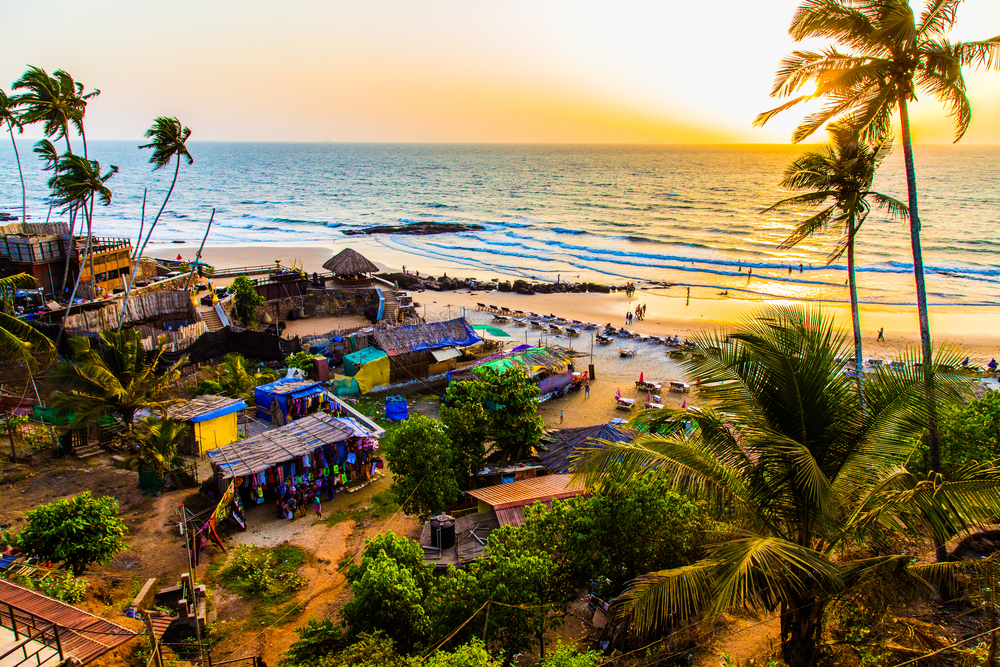
Despite the potential drawbacks, the prevailing sentiment is clear: NRI investment is a force for positive change. Experts believe that continued reforms, enhanced transparency, simplified regulatory processes, and supportive policies are needed to attract and retain NRI investments.
“With the nation’s economic growth trajectory, the stage is set for a transformative era in NRI property investment, marked by sustainable gains and a deepening connection to their roots,” Valambhia says.
In a world where horizons are increasingly blurred, technology diminishes distances, and cultures intermingle with ease, the recent surge in NRI investments is a testament to the significance of cultural ties. And as NRIs continue to invest in their homeland, these contributions not only bolster the economy but also reinforce the bridge between their past and the future of India’s real estate landscape.
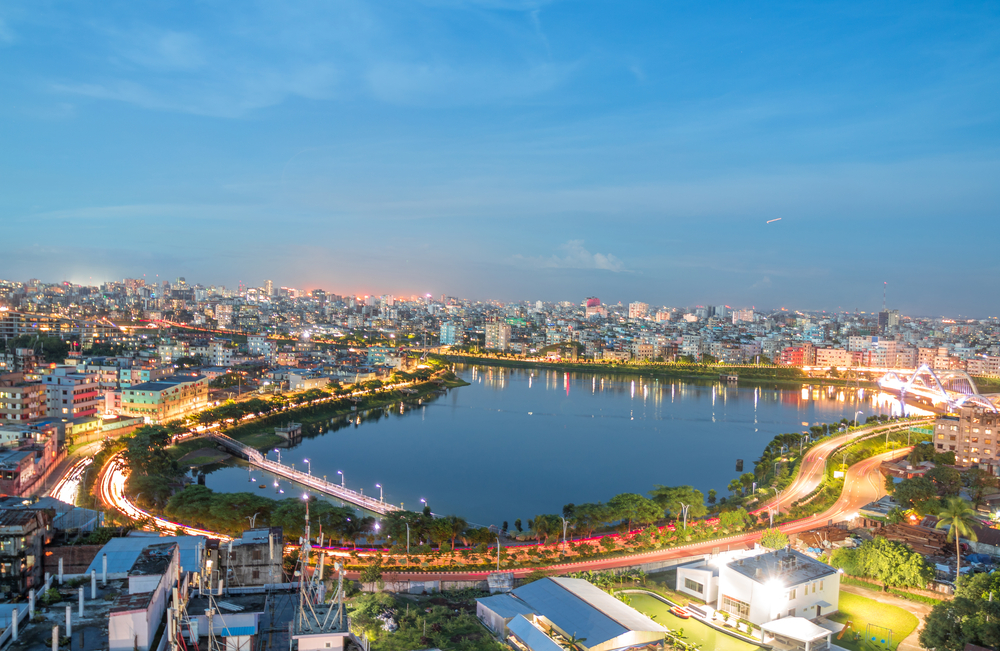
Bangladesh gets a boost
Dhaka, like many burgeoning megacities in the Global South, frequently bears the stigma of being one of the most inhospitable cities on the planet.
In the 2023 edition of its annual global liveability index, the Economist Intelligence Unit, the research and analysis division of the Economist Group, ranked the Bangladeshi capital 166th out of 173 cities.
The city’s narrative is often dominated by images of overcrowding, slums, and substandard housing. With a population of 23 million, Dhaka often grapples with some of the most severe air pollution worldwide. To many observers, there appear to be few silver linings.
And yet the country’s economic growth continues to far outstrip its regional counterparts. Per capita, its GDP is already bigger than neighbouring India. In 2021, the International Monetary Fund (IMF) predicted Bangladesh’s gross domestic product would soon exceed that of Denmark or Singapore.
This bright outlook was however dimmed last year by the post-pandemic global economic slowdown that has wreaked havoc in developing countries. The downturn was underscored in January when the IMF loaned the country USD4.7 billion.
Nonetheless, Bangladesh’s GDP is predicted to reach USD1 trillion by 2040 and real estate looks set to play a crucial role. According to the Bangladesh Bureau of Statistics, the sector contributed almost eight percent to the economy in the last fiscal year. This marked a significant year-on-year increase, highlighting the sector’s expanding role. Increased urbanisation, rising income, and a growing middle class were cited as the key drivers by Alamgir Shamsul Alamin Kajal, president of the Real Estate and Housing Association of Bangladesh (REHAB).
“The government should prioritise the sector and formalise a sector-friendly policy in the next budget, considering the employment opportunities it generates,” adds Alamin. He also suggests that the government reduce the recently increased registration fee and offer discounts to incentivise first-time buyers. In 2022, the prime minister endorsed the Detailed Action Plan, a comprehensive 20-year blueprint designed to enhance Dhaka’s liveability and modernity.
While this ambitious plan has sparked optimism, real estate experts voice concerns about potential decentralisation, which could inflate property prices by up to 50%, rendering apartments unaffordable for many.
On a more positive note, the plan reportedly encompasses the creation of 202 kilometres of new cycle lanes and 574 kilometres of waterways. It envisions the establishment of nearly 30 new parks, including reserves and conservation zones, along with an array of new educational institutions and healthcare facilities.
The question of whether this ambitious plan can effectively address Dhaka’s environmental and population challenges remains uncertain. Regardless, the coming years will be crucial for shaping the future of one of the world’s most maligned cities.
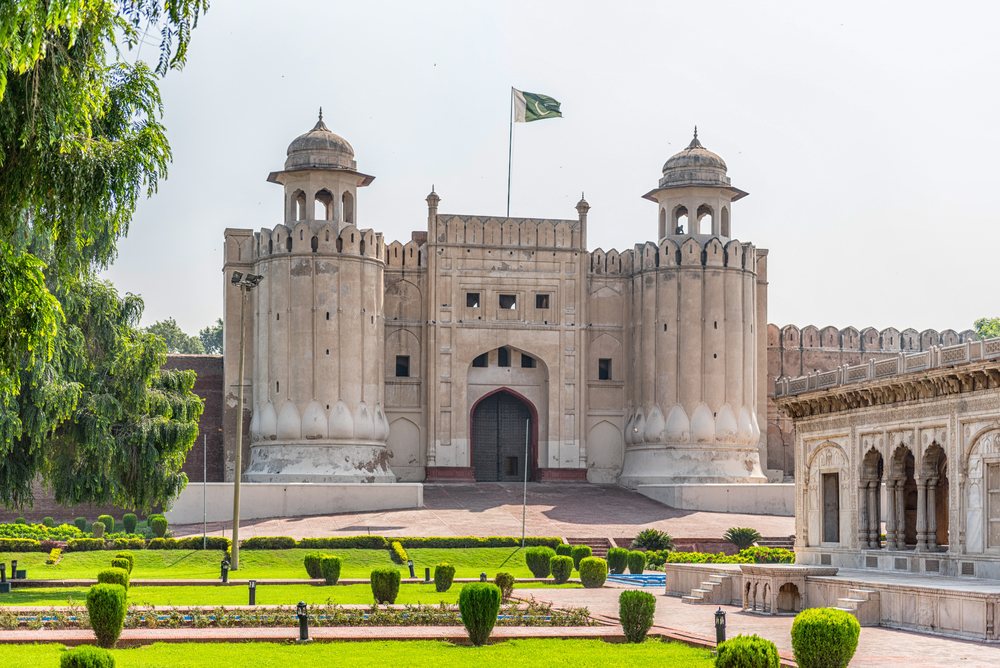
Stormy conditions in Pakistan
Smoke and mirrors, rather than bricks and mortar, remain the foundations of Pakistan’s property market.
The sector is plagued with numerous issues, including overpricing, artificial growth, and various manipulations. In recent years, speculation and lack of transparency and regulation in the industry have resulted in significant asset-price bubbles, leading to a volatile market, while the lack of reliable data makes informed investment decisions almost impossible.
For the intrepid, there are opportunities to be had. Prominent developers, like Defence Housing Society and Bahria Town, are seen as reliable and trustworthy. Inevitably properties by these developers command much higher prices due to their perceived credibility.
A sharp decline in remittances from the country’s diaspora in recent years has also hit the market hard. According to Mohammad Hassan Bakhshi, former chairman of the Association of Builders and Developers, overseas Pakistanis on average invested USD10 billion in the property market before the pandemic.
But with the recent economic downturn and heightened political instability expected to continue, there are concerns many may permanently opt for safer ports amidst Pakistan’s ongoing storm.
The original version of this article appeared in PropertyGuru Property Report Magazine Issue No. 180 on issuu and Magzter. Write to our editors at [email protected].
Recommended
Hanoi’s Park Kiara redefines urban living with green, people-centric design
Park Kiara in Hanoi is a repudiation of low-density, car-dependent suburban sprawl
ARES White Paper Volume 3: The era of adaptive reinvention
Pioneering sustainable and innovative practices in urban development
ARES White Paper Volume 2: Unravelling the power of data revolution in real estate
Insights on proptech, smart cities, and sustainable development
ARES Digital White Paper Volume 1: The fundamentals of responsible building
Green and climate heroes join forces to discuss how Asia Pacific can weather the current environmental crises and the looming effects of climate change
